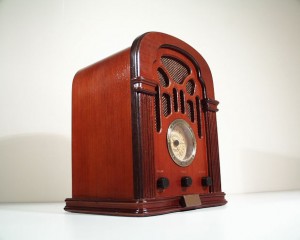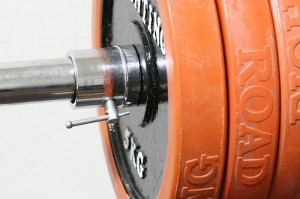“I guess the main thing to note is that, as biomechanists, we really do not know how orthotics work.”
– Dr. Joseph Hamill, University of Massachusetts professor of kinesiology
Orthotics. Some people swear by them. Some people swear at them. (That would be me.) Some of them cost a few bucks at the grocery store. Others cost several hundred dollars and must be fitted at a podiatrist, physical therapist or chiropractor. So what about them? Do we need them or not? (And if they are important for our health, how did the Egyptians, the Romans, Gengis Kahn, the Vikings, etc. ever manage march across the earth and conquer everything in site without them?)
All runners and other fitness enthusiasts–anyone who wears shoes really–must read the latest dispatch from the New York Times Personal Best section titled Close Look at Orthotics Raises a Welter of Doubt. It’s a fascinating discussion on how and why orthotics may or may not work. As the quote above indicates, no one really seems to know what these things actually do for the feet. There are several important points in the article.
Analysis of Orthotics
Dr. Benno Nigg, professor of biomechanics and co-director of the Human Performance Lab at the University of Calgary in Alberta has made a career of researching orthotics. He makes a point that I’ve observed in my own experience with orthotics, namely that they tend to work in the short-term. However he says that idea that they are supposed to correct mechanical-alignment problems does not hold up.
Further Dr. Nigg says, “If you do something to a shoe, different people will react differently.” Different feet react differently: One person might respond by increasing the stress on the outside of the foot, another on the inside. Another might not respond at all, unconsciously correcting the orthotic’s correction.
The article discusses something I’ve heard discussed among those who make orthotics. That is, there are different ways to make orthotics. Depending on where you go, you’ll likely get a different device. Dr. Nigg conducted a study in which a runner went to several different orthotics makers and each one made him a distinctly different orthotic to “correct” his pronation. He liked two of them–yet they each were made differently. More research by Dr. Nigg yielded the following:
“They (orthotics) turn out to have little effect on kinematics — the actual movement of the skeleton during a run. But they can have large effects on muscles and joints, often making muscles work as much as 50 percent harder for the same movement and increasing stress on joints by a similar amount.”
“As for ‘corrective’ orthotics,” Dr. Nigg says, “they do not correct so much as lead to a reduction in muscle strength.”
Support for Orthotics
Several seemingly well-educated people voiced support for the use of orthotics. Jeffrey P. Wensman, director of clinical and technical services at the Orthotics and Prosthetics Center at the University of Michigan makes a sound argument when he says the key measure of success is his patients feel better in orthotics.
(On that note, I think it’s wise that if you’re in an orthotic and feeling good, running fast and all is well, then don’t change anything.)
Seamus Kennedy, president and co-owner of Hersco Ortho Labs in New York says there are hundreds of papers and studies showing that orthotics can treat common foot ailments.
So maybe there’s a lot of solid evidence in favor of orthotics right? Well… The article states:
“In one recent review of published papers, Dr. Nigg and his colleagues analyzed studies on orthotics and injury prevention. Nearly all published studies, they report, lacked scientific rigor.”
Maybe the lesson is to be skeptical of orthotics makers who show you evidence of the benefits of orthotics.
What About Flat Feet?
The article goes on to profile someone who has flat feet and his quest to “correct” this issue. Every orthotics provider he went to attributed his injury to his previous poorly made orthotics and goes on to provide him with different orthotics.
(The article mentions this fellow has an “injury” though there’s no mention of what this injury is. I’m not sure if we’re to take his flat feet as an injury.)
Dr. Nigg explains that flat feet shouldn’t be any problem. Our arches are an evolutionary leftover of when we used to grip trees with our feet. This is interesting to me because I recall reading elsewhere a study of third-world populations that never wear any sort of supportive shoes. Their feet tend to be flat yet there are far fewer numbers of the type of musculoskeletal injuries we have in the U.S. So maybe these all important arches aren’t all that important?
My view on all this is that orthotics are of limited use and the science behind them is quite murky. I’ve used several different types of orthotics and I’ve had either no results or I’ve experienced increased discomfort. I think they are far from an essential component for human health and performance. That said, on an individual basis, an orthotic may be very helpful.



